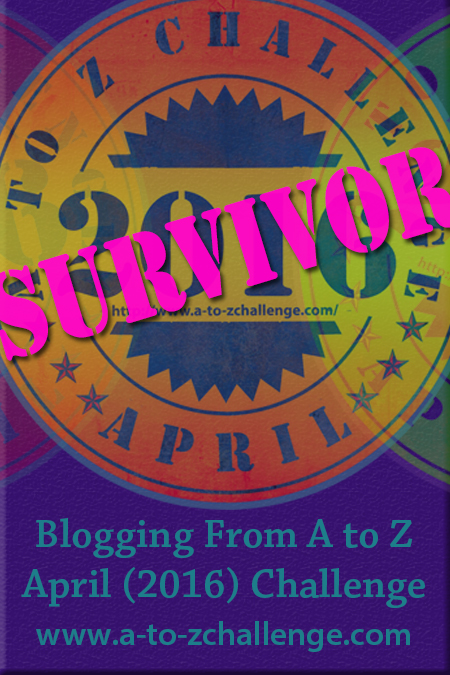Inside Passage
Pacific Northwest
Throwback Thursday: What's So Great About the PNW?
Thursday, October 23, 2014TheCambriansNow that it's the end of the season and we're hiding from the weather, I thought I'd throw it back to one of my favourite blog entries to remind me what it's all about. This one was originally posted on April 22, 2014:
It’s not a question we often hear, but Latitude 38 posed it recently in their online magazine. Here’s some of what they wrote:
We're not asking this in a derisive manner, but out of curiosity. We all have our preferences, and in case anyone hasn't noticed, those of us at Latitude 38 are more inclined to like the tropics than cooler cruising areas . . . .
Yet being close-minded isn't the smartest predisposition, as you can miss out on a lot of great things in life . . . .
So while lying in our bunk the other night, we got to thinking, maybe we're missing great things in the Pacific Northwest . We know the seafood is great. We know there are some beautiful vistas. Maybe there's even more to it than that.
Maybe doesn’t even come close. Definitely is more like it.
David and I spent six years in
So what’s so great about cruising in the Pacific Northwest ?
Protected Waters
From Puget Sound to Southeast Alaska , you’re protected from the open ocean with two major exceptions, Cape Caution Strait of Juan de Fuca , Georgia Strait Queen Charlotte Strait
Not only does the PNW have more than 16,000 nautical miles of coastline to explore, the cruising grounds are as diverse as they are expansive: From glaciers to white sand beaches; protected waters to the open-ocean; islands to fjords; anchorages filled with dozens of boats to ones that look like they’ve never man, the PNW has it all! On any given day we find ourselves surrounded by mountains, swimming in waterfalls, walking barefoot in the sand or soaking in a natural hot spring (our personal favourite) miles and miles away from civilization. For us, it simply doesn’t get any better!
 |
| David looking at a planning map for the Inside Passage - the options are overwhelming! |
The Inside Passage runs through two first-world countries – the US Canada Inside Passage is the main commercial shipping route north, marine services are usually available within 50 nautical miles, even in the remotest of areas. And yet there are still opportunities for cultural experiences through the many Native American and First Nations communities.
 |
| From museums to middens, the PNW offers many different cultural opportunities. |
In five years of exploring thousands of miles of coastline, we’ve rarely been more than a few hours away from an anchorage that offers excellent protection, even on the West Coast of Vancouver Island (with one exception – from Cape Scott to Quatsino Sound if the conditions are rough, getting into Sea Otter Cove would be very dangerous). And with the excellent weather forecasts from NOAA and Environment Canada, we’ve always had plenty of time to seek shelter – that’s not to say we haven’t made a bad decision along the way!
 |
| Bottleneck Inlet, one of our favourite all-weather anchorages. |
People
Whether it’s on the water or in the towns we visit, the people living in the Pacific Northwest are the best of the best: They’re generous, friendly, welcoming and trusting. In our experience, locals are eager to help and will offer to lend you their cars, drive you around town, or invite you into their homes within five minutes of meeting.
If the scenery isn’t reason enough to be here, the PNW is teeming with wildlife: Humpback whales and orcas follow the salmon runs. Black bears and grizzlies forage the shorelines of secluded anchorages along with cougars and wolves. Bald and golden eagles soar above head while blue herons, loons and mergansers guard the water (among hundreds of other species of birds). Everywhere you look in the PNW, there’s something new and exciting to see.
 |
| Just some of the wildlife you can observe while cruising the PNW. |
I love to hike and the PNW offers a lot of opportunities to stretch your legs while on the water, especially in the lower portions of the Inside Passage like the San Juan Islands , the Gulf Islands Sunshine Coast
 |
| A few of my favourite hikes. |
The PNW also offers world-class kayaking and it’s not uncommon to find small groups exploring Desolation or Barkley Sounds for days at a time. More intrepid kayakers will make the trip fromSeattle Ketchikan Narrows . As for us, we prefer to paddle around whatever anchorage we happen to be in.
Fishing in the PNW is world-class (do you see a pattern developing here?). Most cruisers find their traps filled with Dungeness crab or prawns with only a few hours of soaking. While others pull in salmon, halibut or ling cod (to name a few). Others still get straight to the point and fill their BBQs with fresh oysters they peeled off the rocks. It’s all there for the taking, as long as you have a proper license and the area you’re in is open to fishing.
 |
| Friends bringing a halibut aboard and me eating some oysters. |
Long Days
But what good is all of this without days long enough to enjoy it? In the height of summer, we can see 20 hours of light (more in the higher latitudes) which means we have plenty of time to move from anchorage to anchorage and still explore our new surroundings.
If any of these things appeal to you, I hope you’ll follow along with our blog as we untie from the dock next week (fingers crossed) and make our way north, highlighting some of the more spectacular anchorages along the way.











0 comments